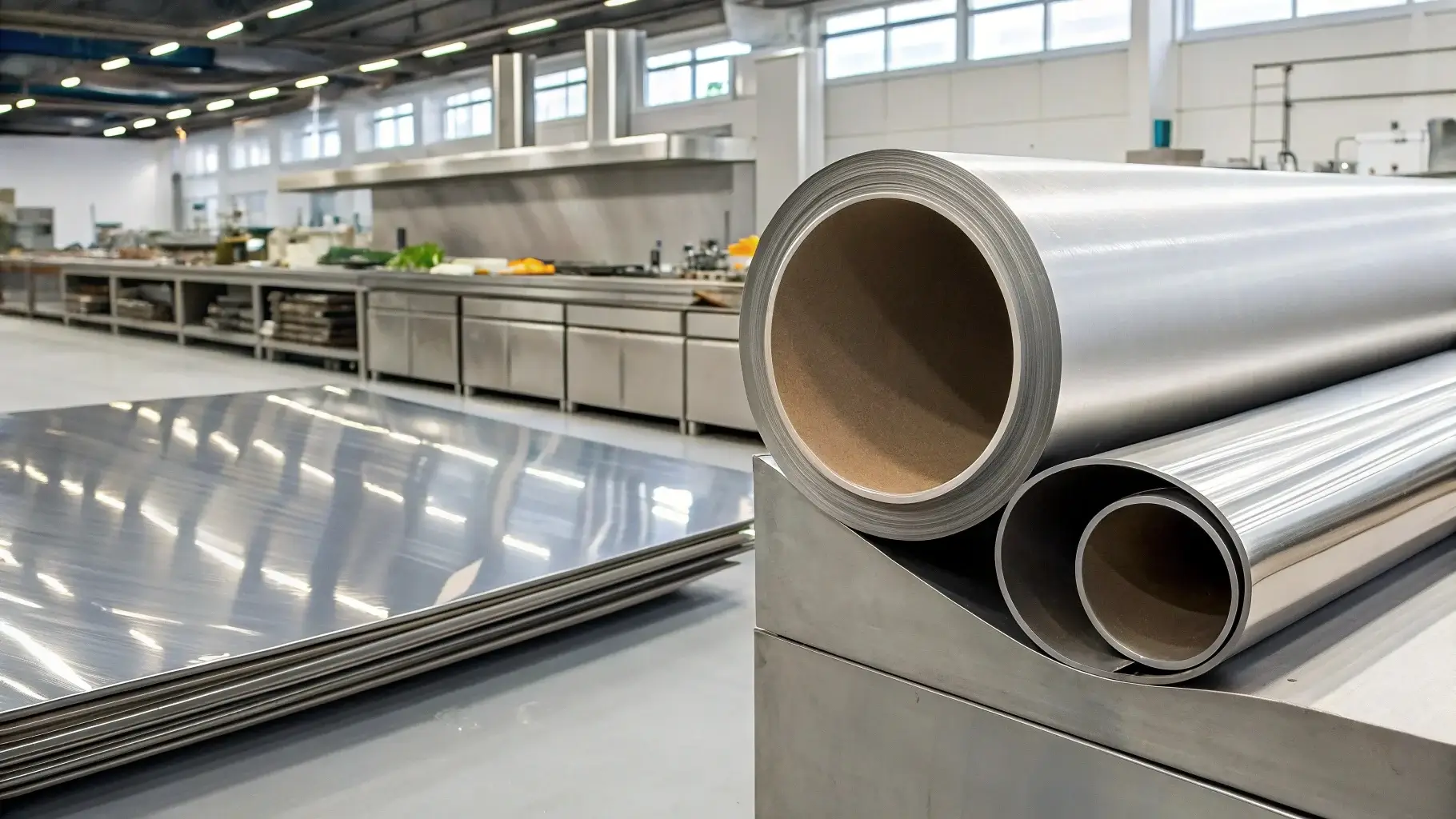
Wondering why 304 stainless steel is everywhere—from your kitchen to industrial plants? You're about to find out.
304 stainless steel is the world’s most widely used stainless alloy due to its corrosion resistance, strength, and aesthetic finish.
Keep reading to discover the science, applications, and long-term value behind this brilliant material.
What Makes 304 Grade Stainless Steel Unique?
Not all stainless steel is the same. And 304 stands out.
304 grade stainless steel—also known as 18/8—offers the ideal balance of strength, formability, and corrosion resistance for a broad range of applications.
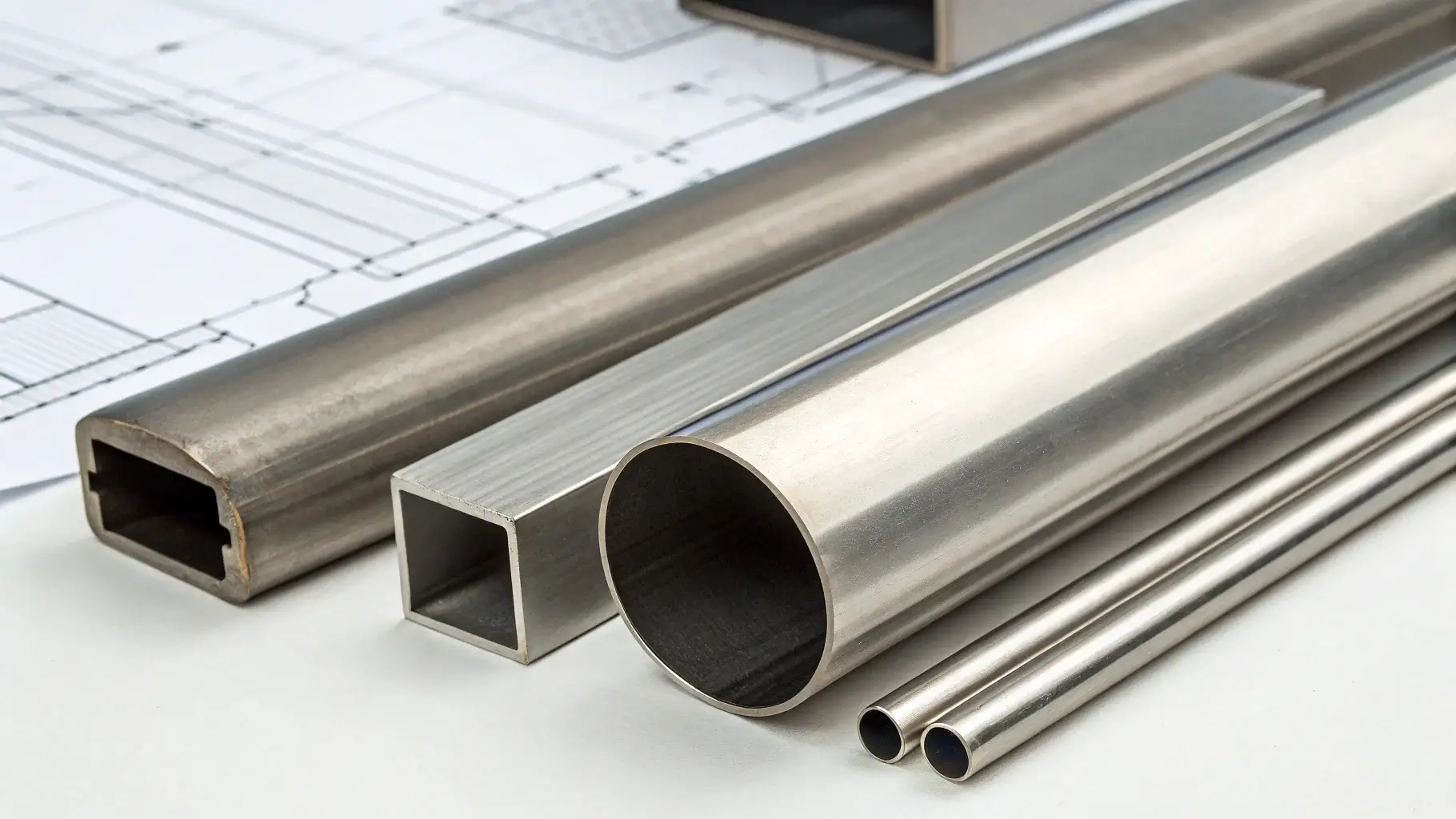
What Sets It Apart?
- Excellent corrosion resistance
- Easy to weld and fabricate
- High strength-to-weight ratio
- Polished appearance
How Does Its Chemical Composition Enhance Performance?
The secret to its brilliance is in the elements.
304 stainless steel’s unique composition includes chromium and nickel, which form a corrosion-resistant, protective layer.
Learn more about 304’s alloy composition1.
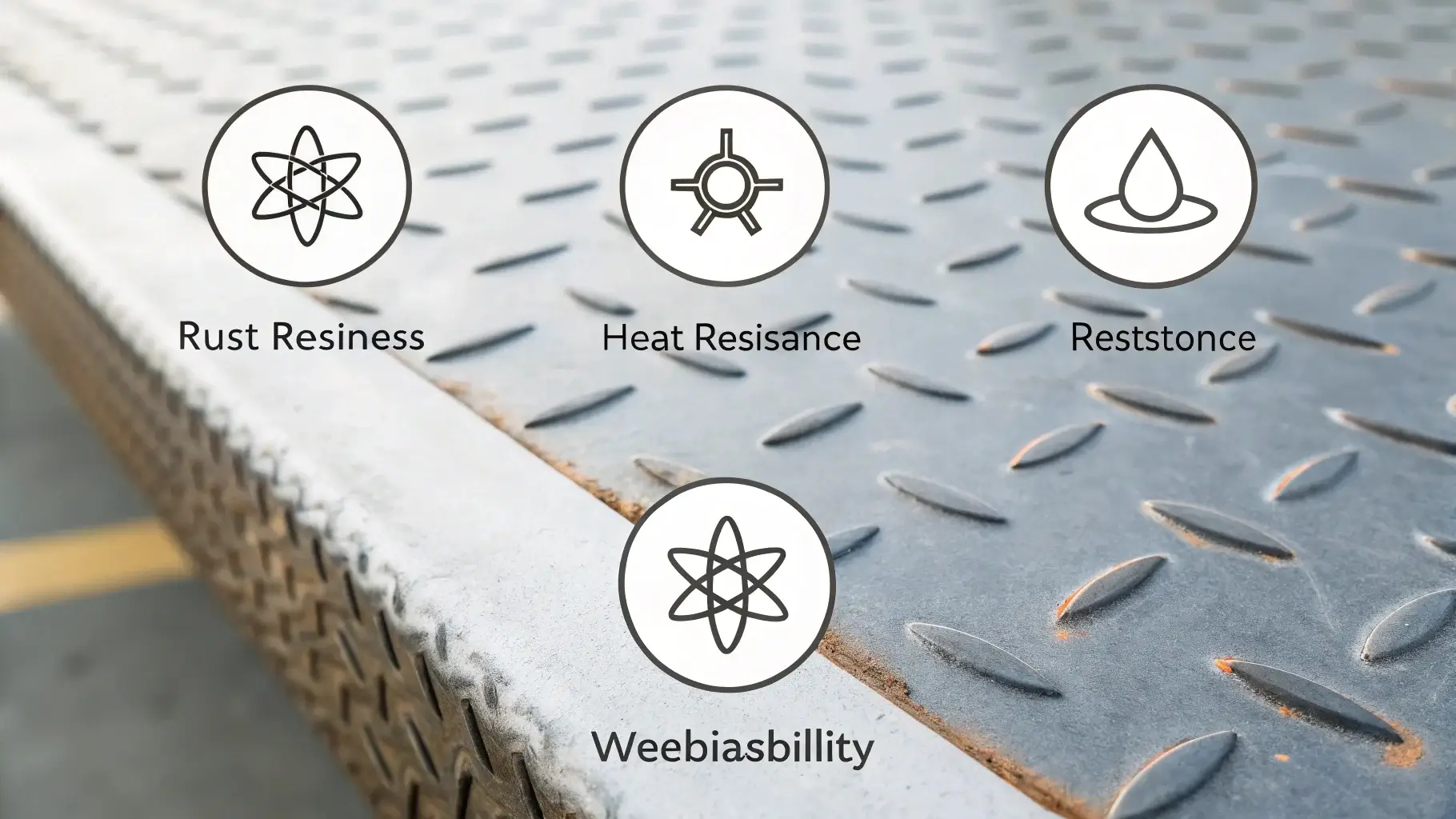
Key Composition
- Chromium (18–20%): Builds a self-healing oxide barrier that resists rust
- Nickel (8–12%): Adds ductility and enhances resistance to heat and acids
- Low Carbon (<0.08%): Improves weldability, reduces corrosion near welds
What Are the Key Properties That Define 304 Stainless Steel?
Strength, beauty, and resilience—304 has it all.
Its mechanical and physical properties make it suitable for everything from food-grade containers to architectural panels.
Explore more 304 stainless steel properties2.
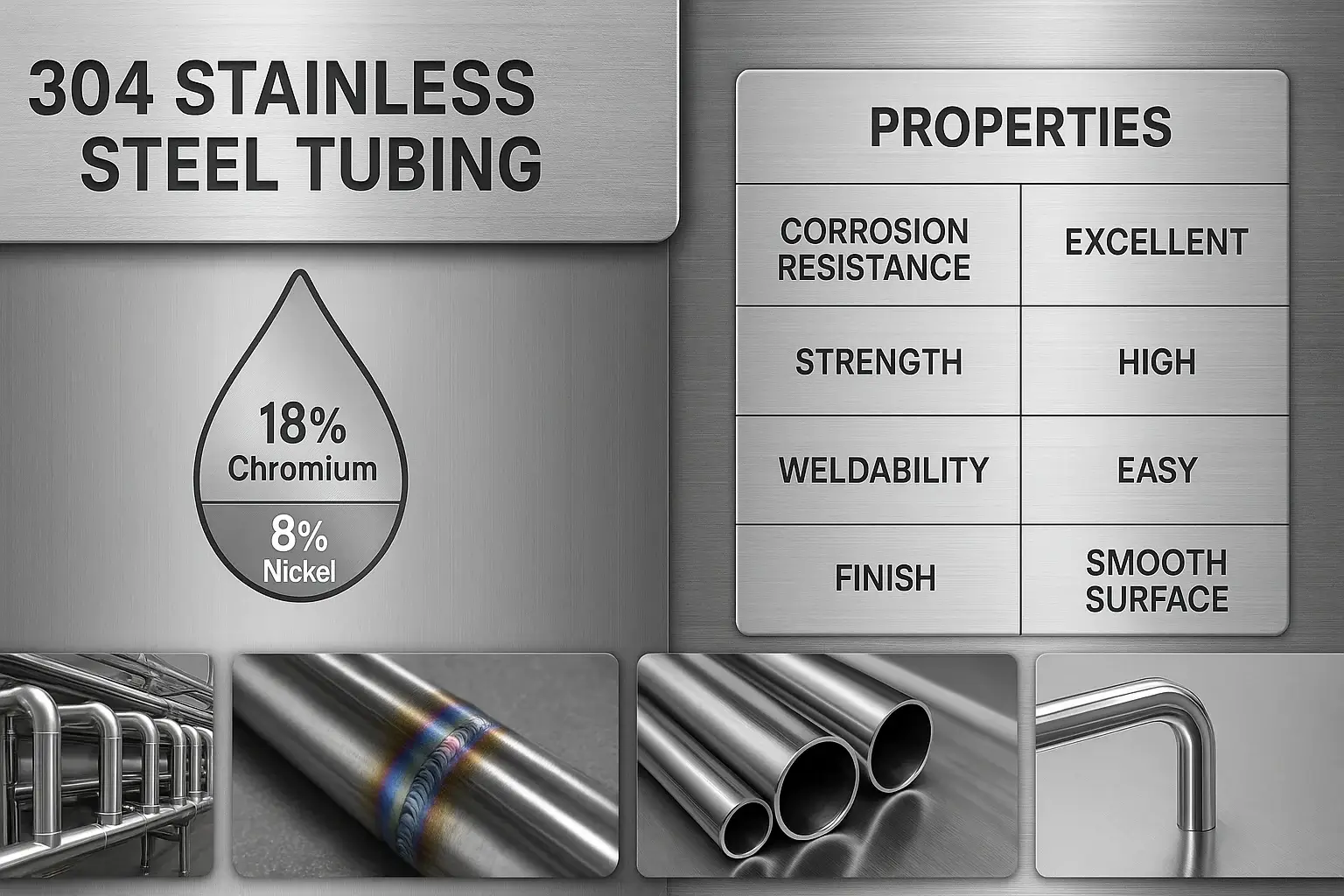
Property Overview
| Property | Value / Benefit |
|---|---|
| Corrosion Resistance | Excellent in moist, acidic, or salty air |
| Weldability | High—suitable for most welding methods |
| Temperature Tolerance | Up to 600°C (1112°F) |
| Tensile Strength | ~621 MPa (90 ksi) |
| Magnetism | Non-magnetic in annealed state |
| Aesthetic Finish | High polish potential for clean design |
What Benefits Does 304 Stainless Steel Offer in Real-World Use?
It’s not just strong—it’s smart and stylish too.
304 stainless steel delivers on durability, hygiene, and visual appeal across consumer and industrial markets.
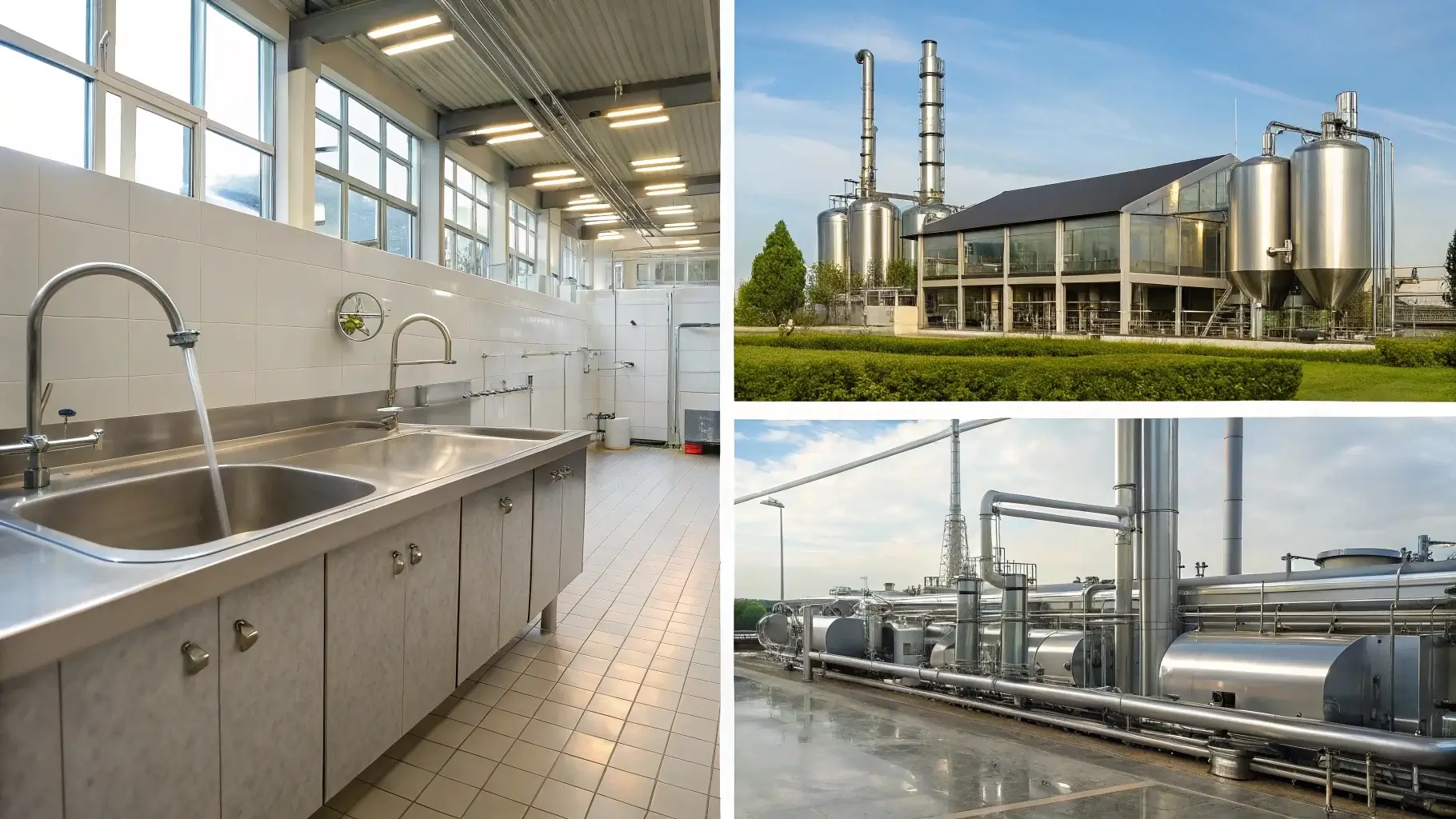
Advantages That Matter
- Resists rust in tough environments
- Stays strong under pressure and high heat
- Easy to shape, weld, and polish
- Maintains sleek, modern look over time
- Approved for food, health, and cleanroom use3
Where Is 304 Stainless Steel Commonly Used?
It’s in more places than you think—from everyday items to complex machinery.
Versatile and durable, 304 is used in kitchens, factories, hospitals, and beyond.

Popular Applications
- Kitchen appliances and cookware
- Food and pharmaceutical processing equipment
- Architectural cladding and railings
- Water tanks and pipe systems
- Automotive exhausts and aerospace frames
See more applications of 304 stainless steel4.
How Does 304 Stainless Steel Compare to Other Grades Like 316?
Choosing between 304 and 316? Here's what you need to know.
While both are corrosion-resistant, 316 offers extra protection in marine or chemical-rich environments—at a higher price.
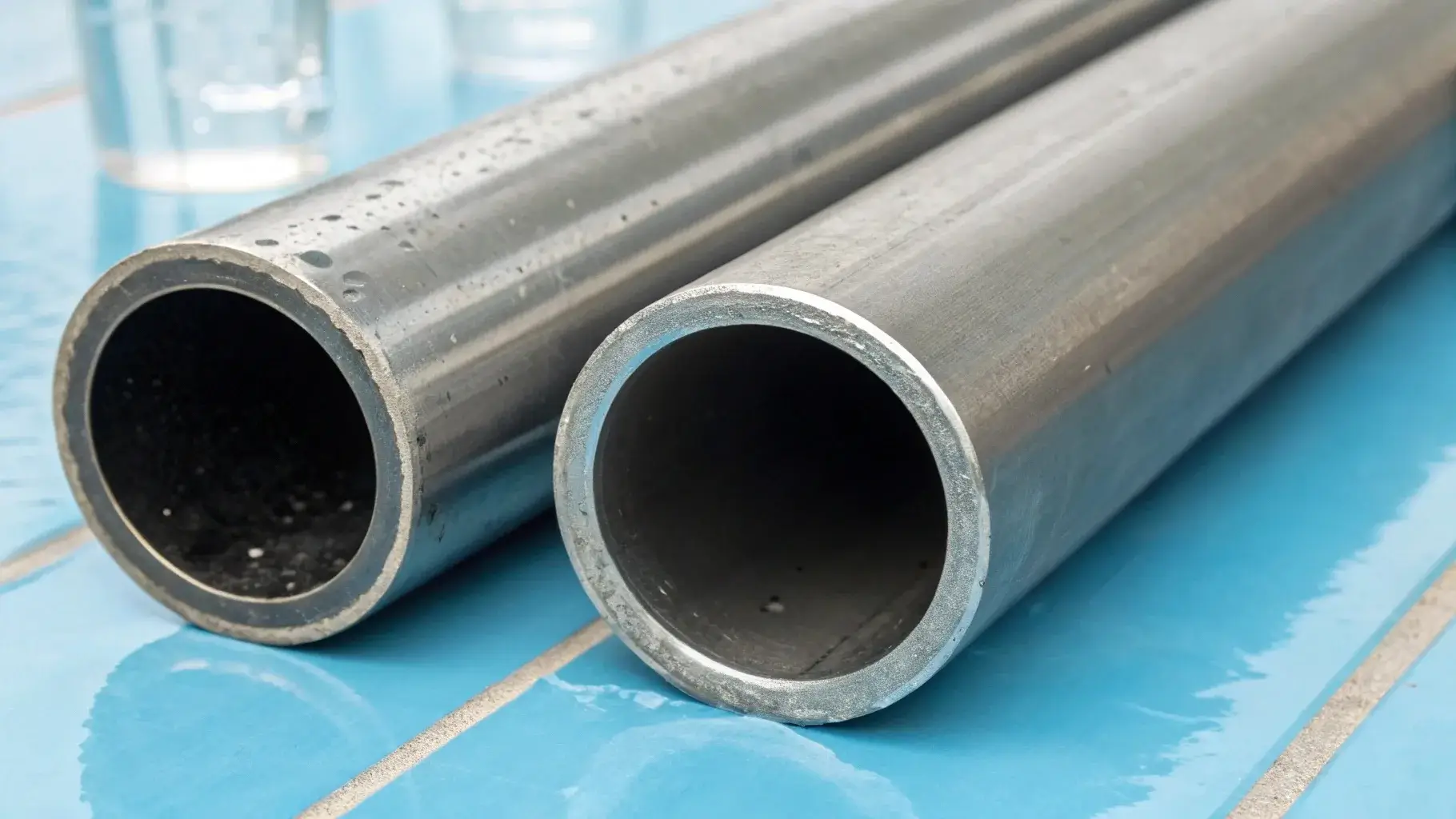
Comparison Table
| Feature | 304 Stainless Steel | 316 Stainless Steel |
|---|---|---|
| Corrosion Resistance | Excellent | Superior in chloride areas |
| Nickel Content | 8–12% | 10–14% |
| Molybdenum | None | 2–3% (adds corrosion protection) |
| Cost | More affordable | More expensive |
| Typical Use | Kitchenware, architecture | Marine, chemical plants |
Read a full 304 vs 316 stainless steel comparison5.
How Durable and Low-Maintenance Is 304 Stainless Steel Over Time?
It lasts decades with minimal effort.
304 stainless steel resists wear, needs little upkeep, and maintains its strength and appearance over years of use.
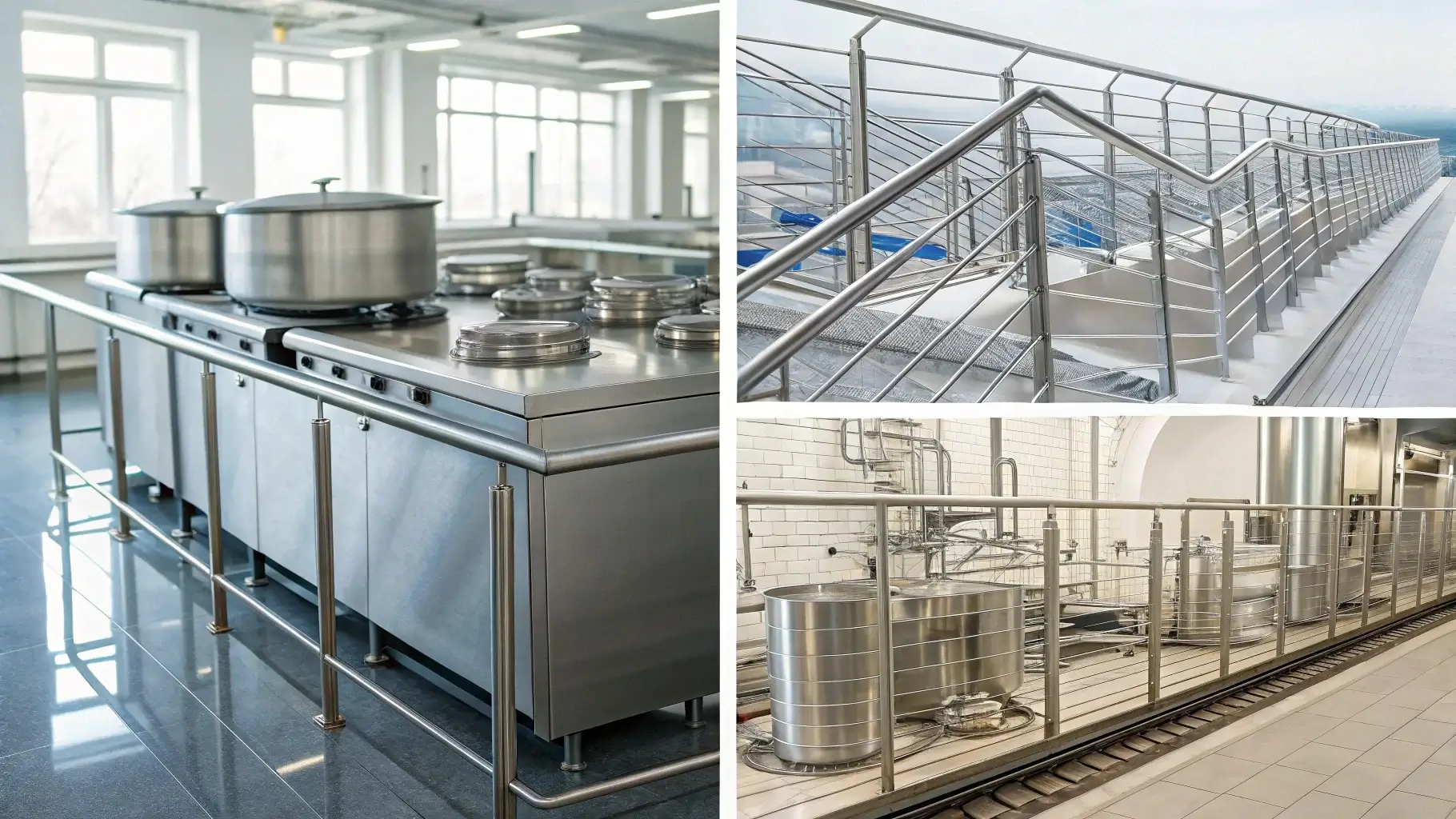
Long-Term Performance
- Minimal maintenance: just clean with soap and water
- Surface stays bright with basic care
- No rust, peeling, or cracking under typical use
- Lifespan: often exceeds 50 years in proper environments
Discover the longevity of 304 stainless steel6.
What Do Industry Trends Reveal About the Popularity of 304 Stainless Steel?
Global industries trust it—and the numbers prove it.
304 stainless steel dominates global stainless consumption due to its performance and affordability.

Industry Insights
| Metric | Value | Year |
|---|---|---|
| Stainless steel market size | $12.5 billion USD | 2024 |
| 304 share of global usage | Majority (>50%) | 2024 |
| Global production volume | 53+ million metric tons | 2026 |
| CAGR for stainless steel market | 5.7% annual growth | 2024–2033 |
See recent stainless steel industry reports7.
Frequently Asked Questions About 304 Stainless Steel
Q1: What makes 304 stainless steel so popular?
A1: It’s affordable, corrosion-resistant, and easy to fabricate—perfect for industries and consumers alike.
Q2: Is 304 stainless steel suitable for outdoor use?
A2: Yes, in most environments. For marine or highly salty areas, 316 may perform better.
Q3: Can 304 stainless steel withstand high temperatures?
A3: Yes. It holds its strength and shape up to 600°C (1112°F).
Q4: How does 304 stainless steel compare to 316?
A4: 304 is great for general use. 316 adds molybdenum for extreme corrosion resistance—ideal for coastal or chemical environments.
Q5: Is 304 stainless steel magnetic?
A5: No, it’s generally non-magnetic. But cold working can create slight magnetism.
Conclusion
304 stainless steel combines beauty, strength, and reliability in one powerful material. Its unmatched versatility makes it the preferred choice for industries ranging from food processing to construction and home design. With its corrosion resistance, heat tolerance, and aesthetic finish, 304 isn’t just a metal—it’s a standard of excellence. Whether you're building a skyscraper, a kitchen, or a factory, this alloy delivers the performance you need and the durability you can trust.
Footnotes:
-
Explore the chemical composition that gives 304 its corrosion resistance ↩
-
Review the full set of physical and mechanical properties for 304 stainless ↩
-
Learn why 304 is approved for sanitary and medical environments ↩
-
Discover the top commercial and industrial uses for 304 ↩
-
Understand the pros and cons of 304 vs 316 stainless steel ↩
-
See how long 304 stainless steel can last in real-world conditions ↩
-
View up-to-date stainless steel industry market insights ↩

